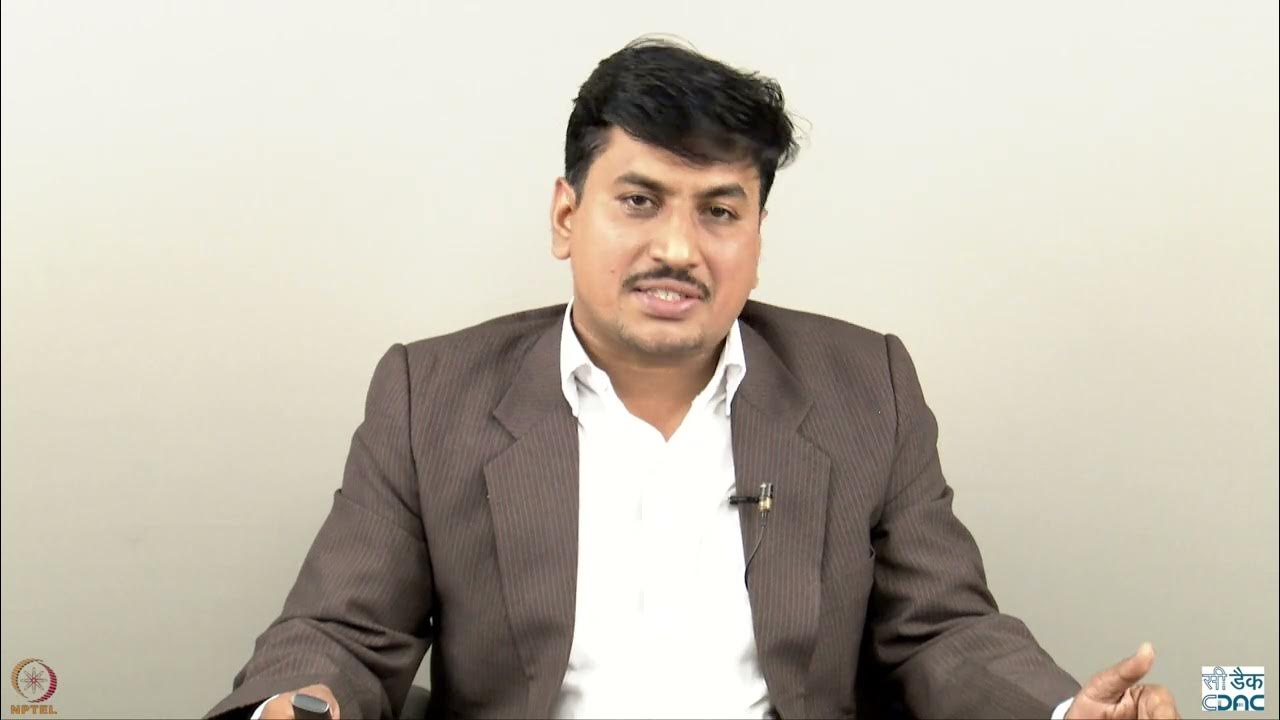43. EDEXCEL GCSE (1CP2) Operating systems - Part 1
Summary
TLDRThis video explores key concepts of operating systems, focusing on multitasking, scheduling, and memory management. It explains how an operating system allows multiple programs to appear as if they are running simultaneously through task-switching and scheduling algorithms. Memory management is discussed, highlighting how programs are loaded into RAM, and how virtual memory helps when RAM is full. The video also touches on device drivers, explaining how they translate operating system commands into hardware-specific instructions for devices like printers.
Takeaways
- 🖥️ Multitasking allows multiple programs to appear as if they are running simultaneously by quickly switching between them using time slices.
- ⏲️ The processor allocates a small amount of time to each process, cycling through them rapidly so that users don't notice the task switching.
- 📋 Scheduling algorithms are used by the operating system to manage task switching and keep the CPU efficiently executing processes.
- 💾 Memory management is a crucial function of the operating system, ensuring that programs are placed in RAM and utilizing virtual memory when RAM is full.
- 📉 Over time, memory can become fragmented as different programs are loaded and closed, requiring the operating system to manage these fragments.
- 📀 Virtual memory is a technique where the operating system swaps inactive programs to the hard disk when the RAM is full, giving the illusion of more memory.
- 🔌 Device drivers are used by the operating system to translate general instructions into specific commands that hardware devices, like printers, can understand.
- 🖨️ Different types of printers use varied technologies (inkjet, laser, plotter) to produce similar outputs, but they all rely on drivers to function properly.
- 💡 The operating system manages interactions between the user and hardware through device drivers, ensuring consistent and reliable functionality.
- 📊 The operating system is responsible for ensuring that multitasking, memory management, and hardware communication happen seamlessly.
Q & A
What is multitasking in the context of an operating system?
-Multitasking is when the processor allocates small time slices to multiple programs, cycling between them rapidly. This makes it appear as if all programs are running simultaneously, though in reality, only one program executes at a time in any given moment.
How does the processor switch between tasks in a multitasking environment?
-The processor allocates a small amount of time to each task, known as a time slice, and switches between them so quickly that the user perceives all tasks as running simultaneously.
What is the role of scheduling algorithms in an operating system?
-Scheduling algorithms manage how the operating system allocates time slices to different tasks. When a task enters the CPU, it either completes and exits or its time expires, moving it back to the ready state until it can resume.
What happens when a program's time slice is exhausted but the task is incomplete?
-When a program's time slice is exhausted, but the task is not complete, the process is moved back into the ready state, where it waits for its next opportunity to run.
What is the purpose of virtual memory in modern computers?
-Virtual memory allows the operating system to move instructions that are not immediately needed from RAM to the hard disk, freeing up RAM for other tasks. This creates the illusion of having more memory than is physically available.
How does the operating system manage memory fragmentation?
-The operating system manages fragmented memory by fitting new programs into available memory blocks without rearranging the existing ones, as moving them would be resource-intensive.
Why is hard disk space cheaper than RAM, and how does this impact memory management?
-Hard disk space is cheaper than RAM on a per-byte basis, which is why operating systems use virtual memory, allowing less critical data to be stored on the hard disk when RAM is full.
What is the purpose of a device driver in an operating system?
-A device driver translates the general instructions from the operating system into specific commands that a particular piece of hardware, such as a printer, can understand, allowing it to perform its tasks correctly.
What are some examples of multitasking activities in a typical computer environment?
-Examples of multitasking include using a word processor while browsing the web, playing music, running antivirus software, updating the system clock, and the operating system performing background maintenance.
What happens when a program is closed in terms of memory management?
-When a program is closed, its memory space is not immediately erased, but it is marked as free and available for reuse by the operating system for new programs.
Outlines

This section is available to paid users only. Please upgrade to access this part.
Upgrade NowMindmap

This section is available to paid users only. Please upgrade to access this part.
Upgrade NowKeywords

This section is available to paid users only. Please upgrade to access this part.
Upgrade NowHighlights

This section is available to paid users only. Please upgrade to access this part.
Upgrade NowTranscripts

This section is available to paid users only. Please upgrade to access this part.
Upgrade NowBrowse More Related Video
5.0 / 5 (0 votes)





